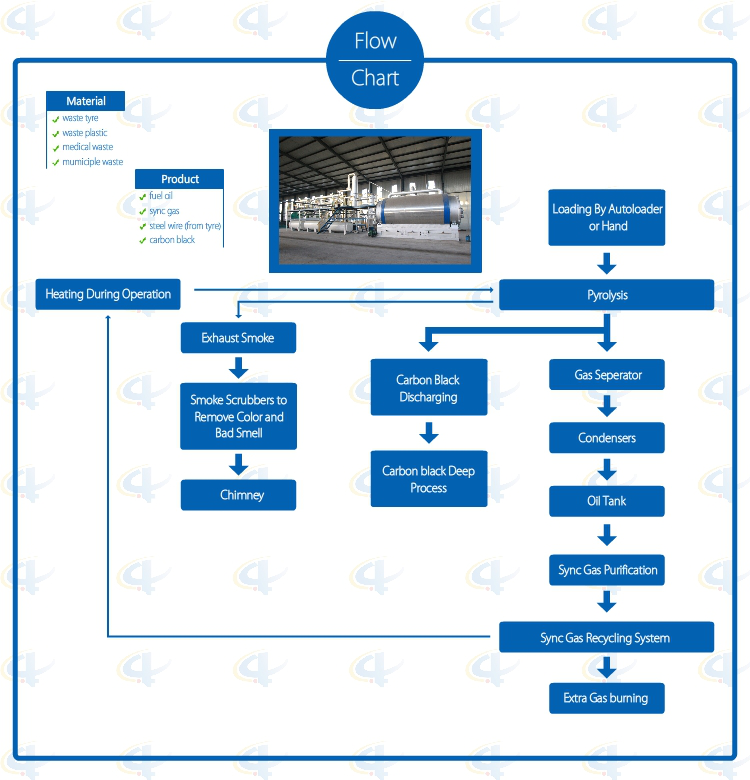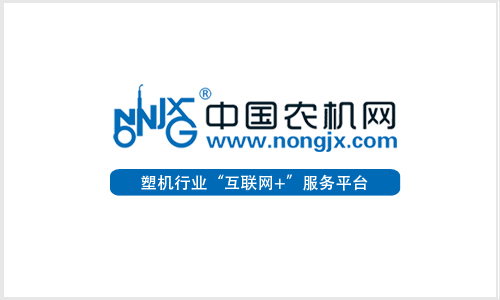[China Agricultural Machinery Industry News] With the acceleration of the fourth industrial revolution Industry 4.0 process and the development of agricultural modernization, the agricultural machinery industry has become increasingly intelligent, and the backward agricultural plant protection machinery will gradually be replaced by a new generation of multi-rotor agricultural drones. The emergence of highly ergonomic pesticides and intelligent plant protection technology has made the spray service a huge profit market, and the prospects are expected. It is called the 2016 preferred startup project. The huge intelligence of the plant protection drone market is the trend
Let's calculate the account. China has 1.8 billion mu of farmland. If half of it is sprayed by drones and estimated at 10 yuan per mu, then it is a market of tens of billions. And like rice fields, it will be sprayed several times a year, so it is easy to estimate the market of tens of billions of plant protection services. On the other hand, there are also hundreds of thousands of manufacturing needs. The third aspect is the training market. There may be hundreds of thousands or even millions of farmers flying hands. The market is very large, but behind the huge market potential, it is looming. problem.
Annual turnover is easily reach millions
Let us calculate such a set of numbers, plant protection drones can work up to 300 acres per day, 20 yuan per mu of operating expenses in the rice area, 30-35 yuan in pesticide retail, daily turnover 1.2~1.35 million yuan, 70 days for each agricultural annual operation, can create a turnover of 84~945,000 yuan, is the 2016 preferred entrepreneurial project, and is a good time for agricultural entrepreneurship to get rich.
100,000 units of demand
At present, the development of agricultural drones in China is still in its infancy, and the prospects are very broad. Japan is a country with more developed UAVs. At present, there are more than 3,000 UAVs operating in the field and more than 14,000 flying hands. China's rice area is 28 times that of Japan. It is estimated that by 2020, the demand for plant protection drones in China will be 100,000, and the demand for UAV plant protection workers will be 400,000. Grasping the franchise opportunity, the sooner you start, the bigger the profit margin.
Agricultural machinery enters the policy dividend period
According to industry insiders, an important way to accelerate agricultural modernization is to increase the degree of agricultural mechanization and scale. The agricultural machinery industry is the material basis for agricultural development. The development of agricultural machinery industry is of great significance for increasing agricultural production, increasing farmers' income, and ensuring national food security. At present, the government has increased the subsidies for agricultural machinery, and many of the plant protection drones have been included in the scope of agricultural machinery subsidies. This is a good time for anyone joining or buying a drone.
Manual spraying efficiency is low cost
Today, in the absence of rural labor, many of the anti-drug team members are mostly middle-aged and elderly people who are staying in the countryside. The long-term use of pesticides in pesticide boxes is also a potential hazard to the body. Moreover, the efficiency of manual spraying is low, and one mu of land takes one hour. The labor cost is high, the spraying quality is not high, the heavy spray and the leaking spray phenomenon are relatively common, and the control effect is not satisfactory.
In the pursuit of speed and efficiency today, the emergence of agricultural plant protection drones can be described as a good time and a good fit, in line with the development of the times. In 2016, the plant protection drone will help you get rich and get rich.
The problem behind the huge market potential of agricultural plant protection drones
Despite the huge market potential, it faces many problems. The industry said: In fact, agricultural drones are more difficult to do than other industries, and it is more difficult to promote. Because the industry's employees or people using drones are of low quality. In addition, the use environment is more severe than that of the consumer or other industries, and it is long-term operation in the wind and sun, and the requirements for aircraft performance and reliability are very high.
Farmers have limited ability to accept, and it is impossible to spend two or three hundred thousand to buy drones because the cycle of cost recovery is too long.
Service model needs innovation
It is understood that this model does not directly sell products to users, but mainly services, and close to farmers with services. Service stations can be established at the village and town level, and the use of agricultural drones can be promoted to farmers through service stations. This new technology and new products will be brought to the countryside with localized services to provide convenience to farmers.
The whole process should be easy and fast. This is the core concept of plant protection drones. For the agricultural plant protection industry, all aspects of cooperation need to be coordinated. From scientific research personnel, pesticide traders, agricultural machinery manufacturers to aircraft manufacturers and government authorities, It is the core to work together to promote the development of this market and let farmers get real benefits. This market is particularly huge, and it is just beginning to develop. In the next two years, more companies will come in and there will be competition to develop.
Many plant protection drone companies hope to form an industry alliance through government cooperation and jointly guide farmers to accept this model more quickly. In addition, in the face of the lack of formal legal supervision in the drone market, plant protection drone companies should actively promote the improvement of relevant standards and norms, and contribute to the formal and orderly development of the industry.
Waste Tyre Pyrolysis Plant
Pyrolysis Plant is used for recycling waste tire, waste plastic, waste rubber to fuel oil. According to the actual situation in every country and district, we developed different models of Batch Pyrolysis Plants for waste tires, rubber and plastic with daily capacity 5 -10 tons.

Flowchat of Batch Waste Tyre Pyrolysis Plant

Advantages of Batch Waste Tyre Pyrolysis Plant
1. Full open door design: Speedy loading in and steel pulling out; Easily cooling down after one batch finished, saving time; No leaking with special high temperature flexible graphite packing.
2. Unique Craft Condensers: High condensing efficiency with more oil output. Good quality oil, longer lifetime, and easy to clean.
3. National Patent Unique Smoke Scrubbers: More efficient removal of the acid gas and dust of the smoke by neutralization, purification and absorption, environmental friendly without pollution.
4. National Patent Carbon Black Discharging System: Speedy fully enclosed Auto-discharging under high temperature, avoiding carbon black pollution, saving time.
5. Automatic Submerged welding technology, ultrasonic nondestructive testing, both manual and the automatic safety devices.
6. Sync Gas Recycling System: Fully burned after recycling and utilization, saving fuel and preventing pollution.
7. Direct Heating System: Enlarging heating square to lengthen the lifespan of the reactor and easy to control the temperature.
8. National Patent, unique heat insulation shell; high efficiency temperature keeping, excellent energy-saving effect.
Technical Parameter of Batch Waste Tyre Pyrolysis Plant
|
NO.
|
ITEM
|
PROJECT
|
|
1
|
Equipment Model
|
XY-7
|
XY-8
|
|
2
|
Door Model
|
Full Open Door
|
Full Open Door
|
|
3
|
Suitable Raw Materials
|
Rubber/Plastic Products
|
Rubber/Plastic Products
|
|
4
|
Structure
|
Horizontal Type Revolves
|
Horizontal Type Revolves
|
|
5
|
Reactor Size
|
Φ2200*6000mm Φ2600*6600mm
|
Φ2200*6000mm Φ2600*6600mm
|
|
6
|
Capacity for One Batch
|
5-6Mt; 8-10Mt
|
5-6Mt; 8-10Mt
|
|
7
|
Oil Yield of Tires
|
40%-45%
|
40%-45%
|
|
8
|
Work Pressure
|
Normal Pressure
|
Normal Pressure
|
|
9
|
Reactor Rotation Speed
|
0.4R/M
|
0.4R/M
|
|
10
|
Fuels Choice
|
Coal, Wood
|
Coal, Wood, Gas, Oil
|
|
11
|
Power
|
18KW/H
|
18-25KW/H
|
|
12
|
Cooling Method
|
Water Cycling
|
Water Cycling
|
|
13
|
Type of Drive
|
External Annular Gear
|
External Annular Gear
|
|
14
|
Heating Method
|
Direct
|
Direct
|
|
15
|
Type of Installation
|
With Foundation
|
With Foundation/Integrated Base
|
|
16
|
Noise dB(A)
|
≦85
|
≦85
|
|
17
|
Operation Mode
|
Intermittent Operation
|
Intermittent Operation
|
|
18
|
Total Weight(MT)
|
25-40
|
25-40
|
|
19
|
Installation Space Required
|
30m*10m
|
30m*10m
|
|
20
|
Manpower
|
3~4/batch
|
3~4/batch
|
|
21
|
Shipment
|
Ф2200×6000=1*40HC+1*40FR
Ф2600×6600=2*40HC+1*40FR
|
Ф2200×6000=1*40HC+1*40FR
Ф2600×6600=2*40HC+1*40FR
|
Waste Tyre Pyrolysis Plant
Waste Tyre Pyrolysis Plant,Pyrolysis Plant ,Tyre Pyrolysis,Tyre Recycling
Shangqiu Jinpeng Industrial Co., Ltd. , https://www.recyclingthewaste.com


